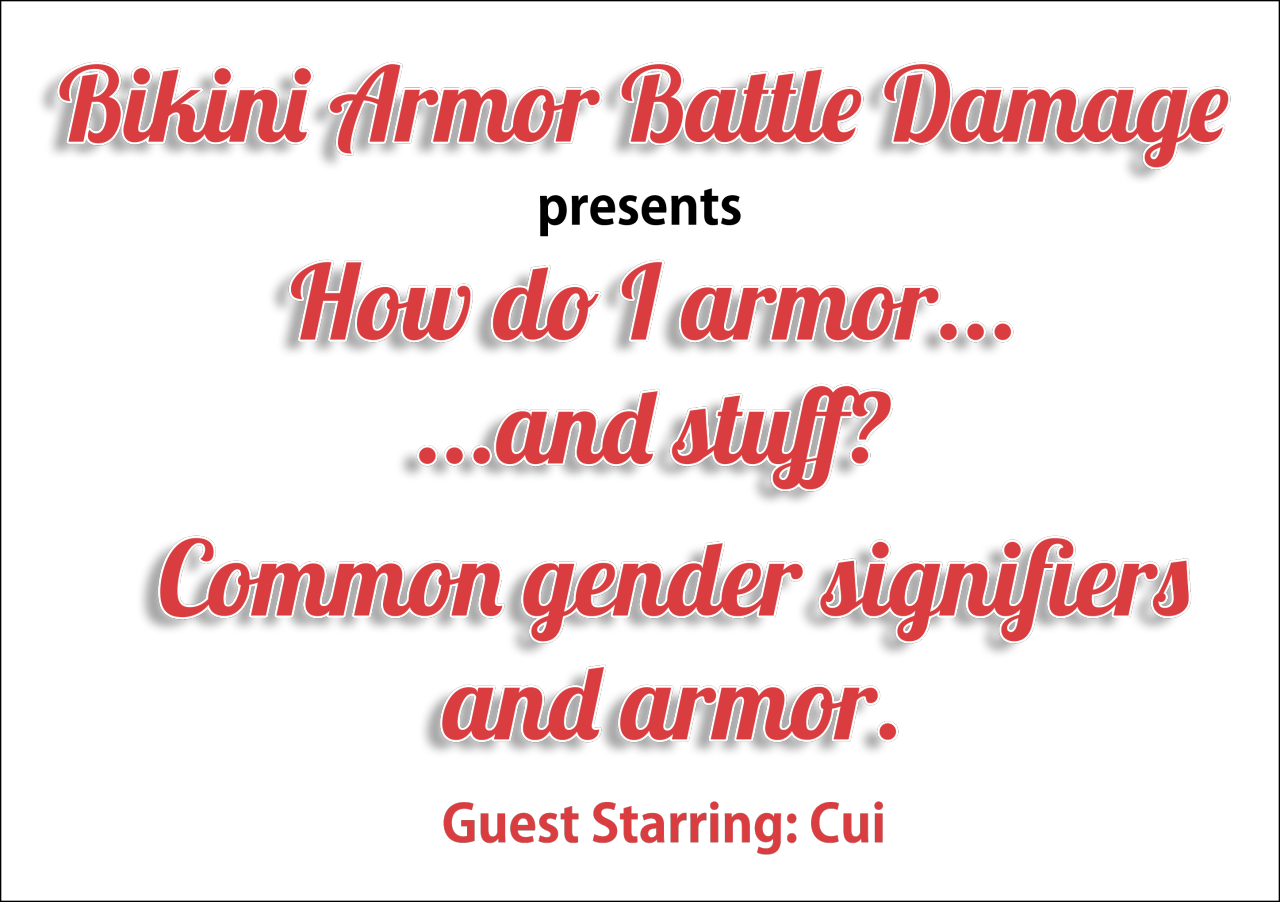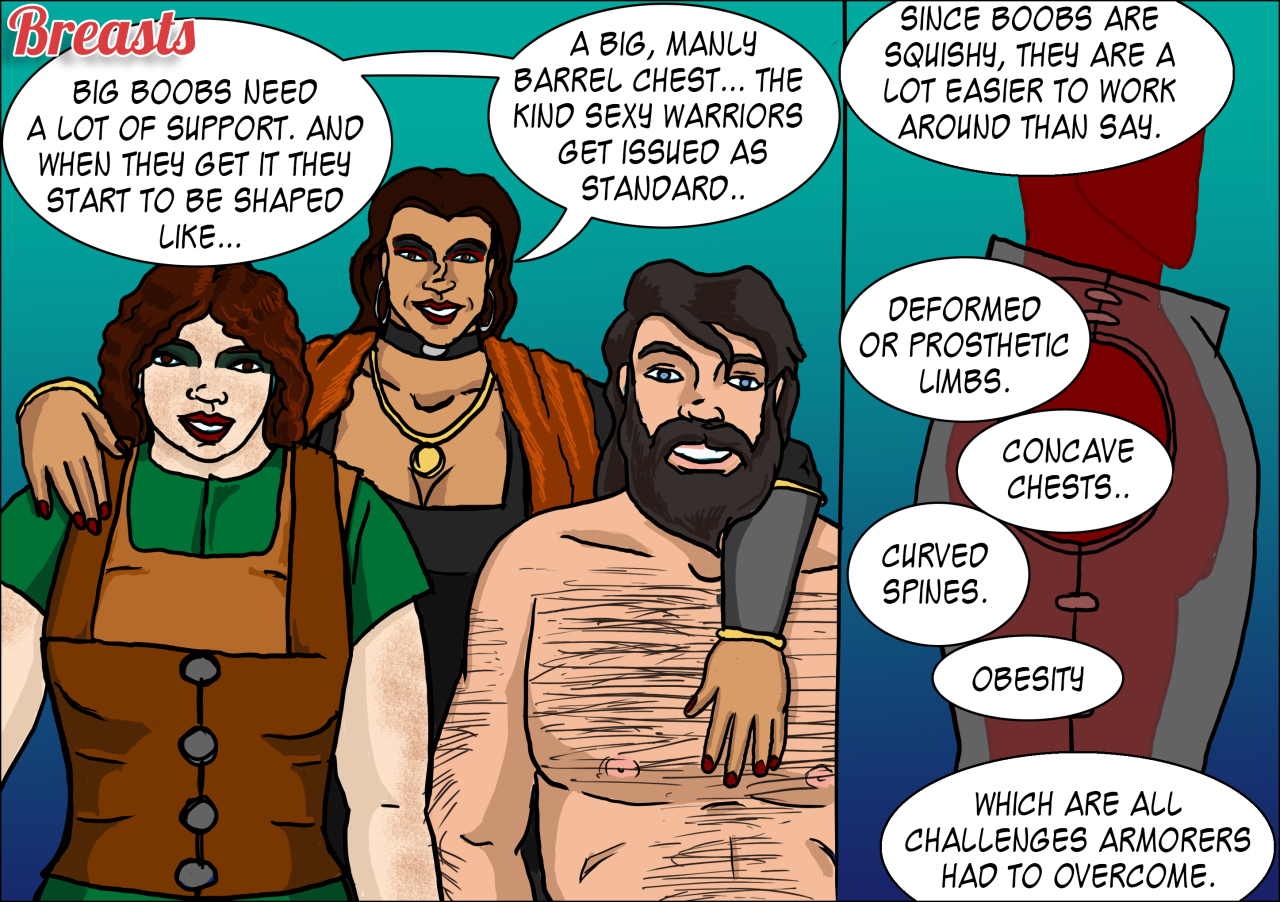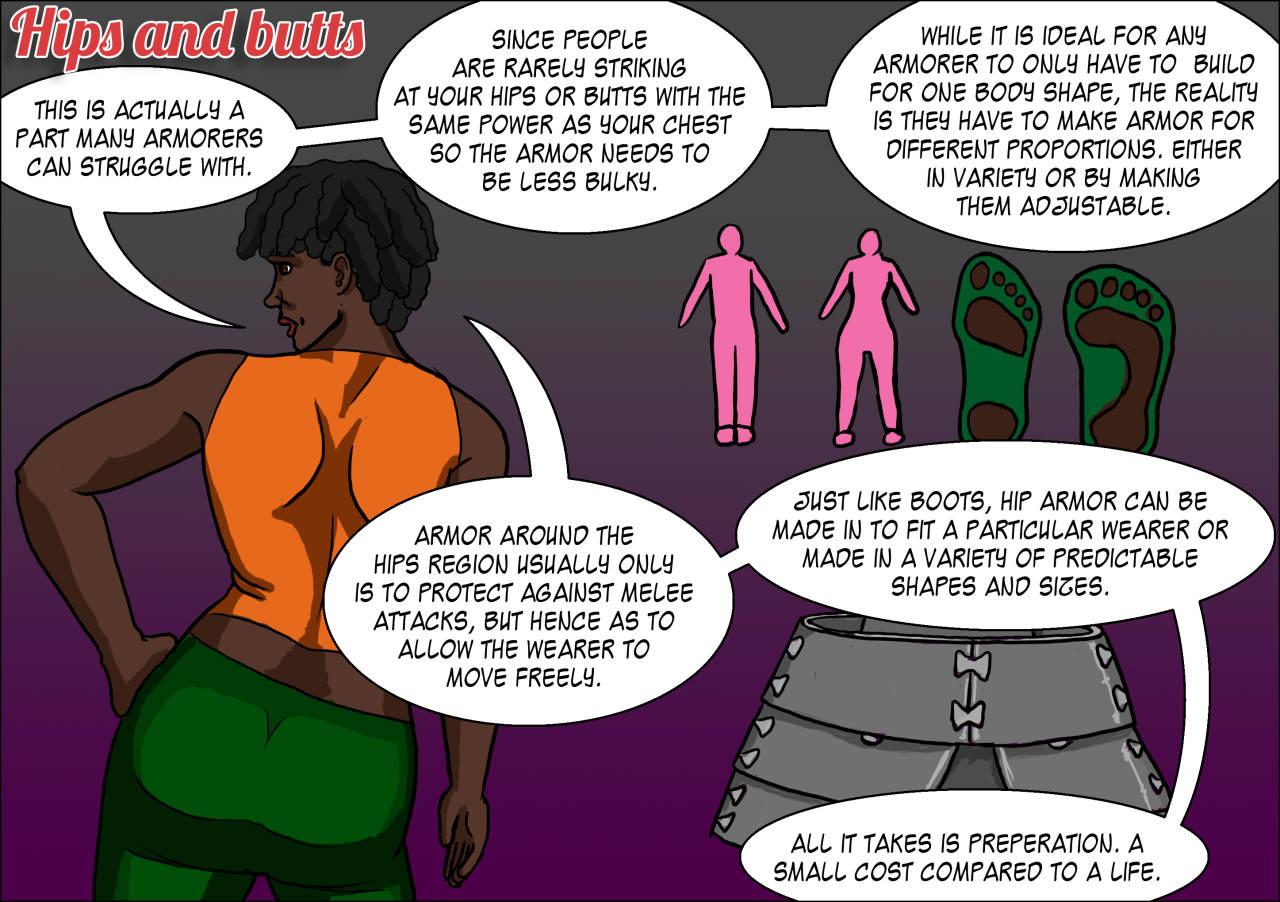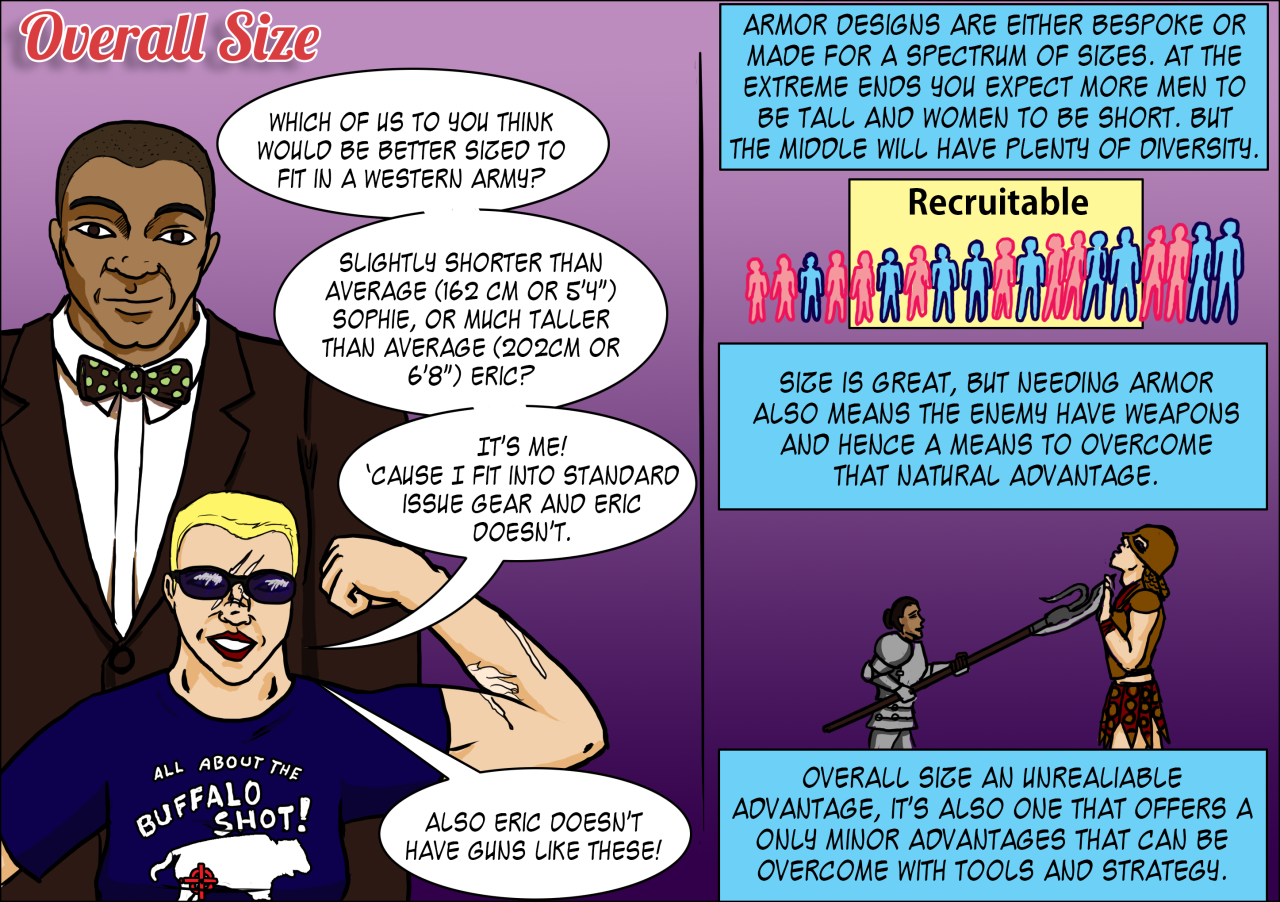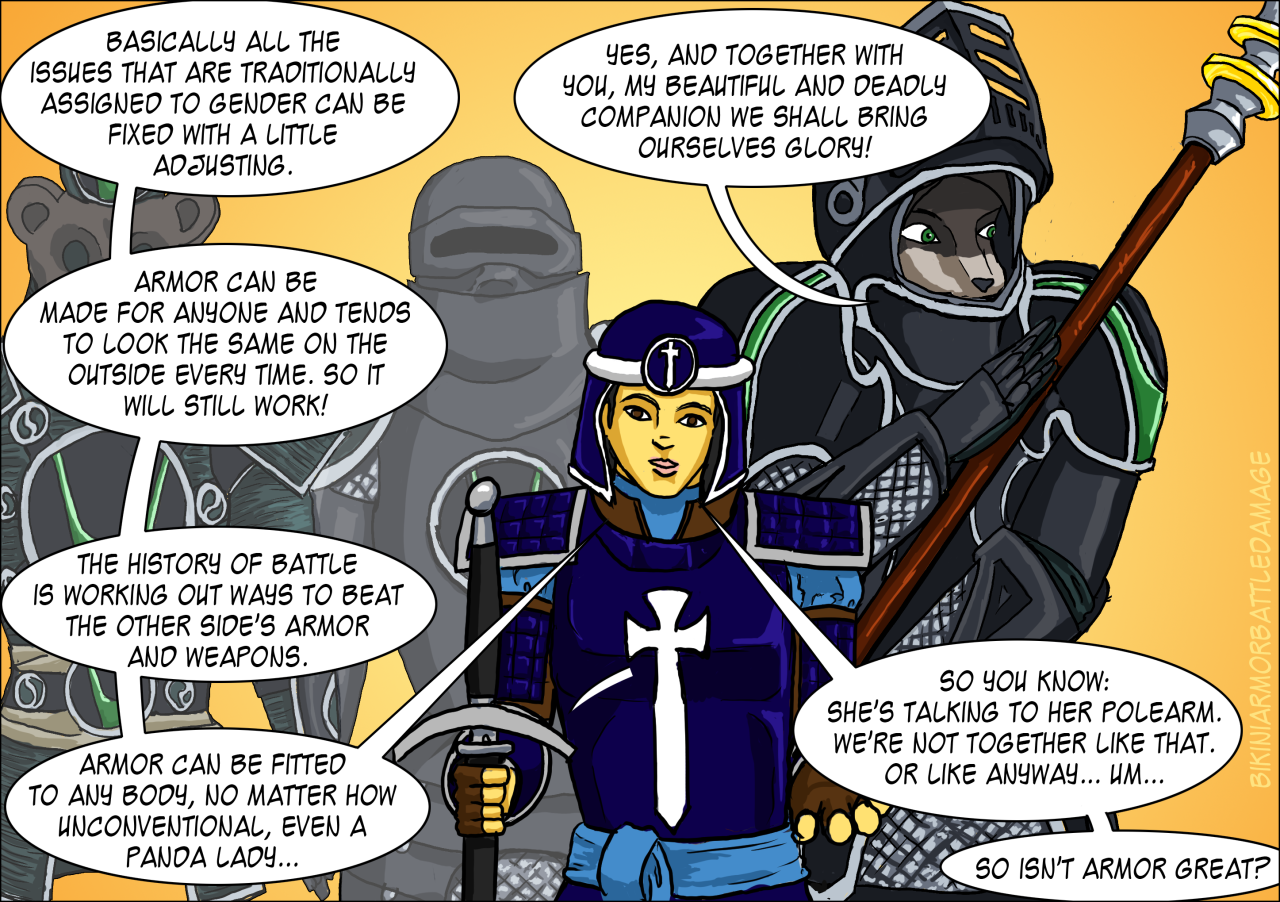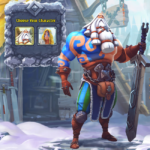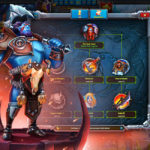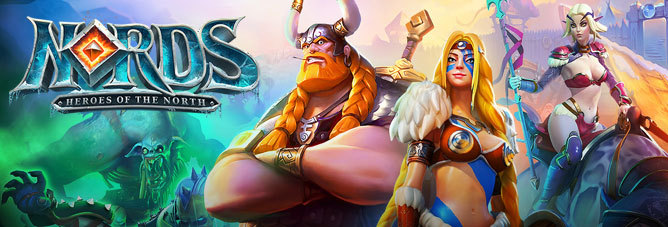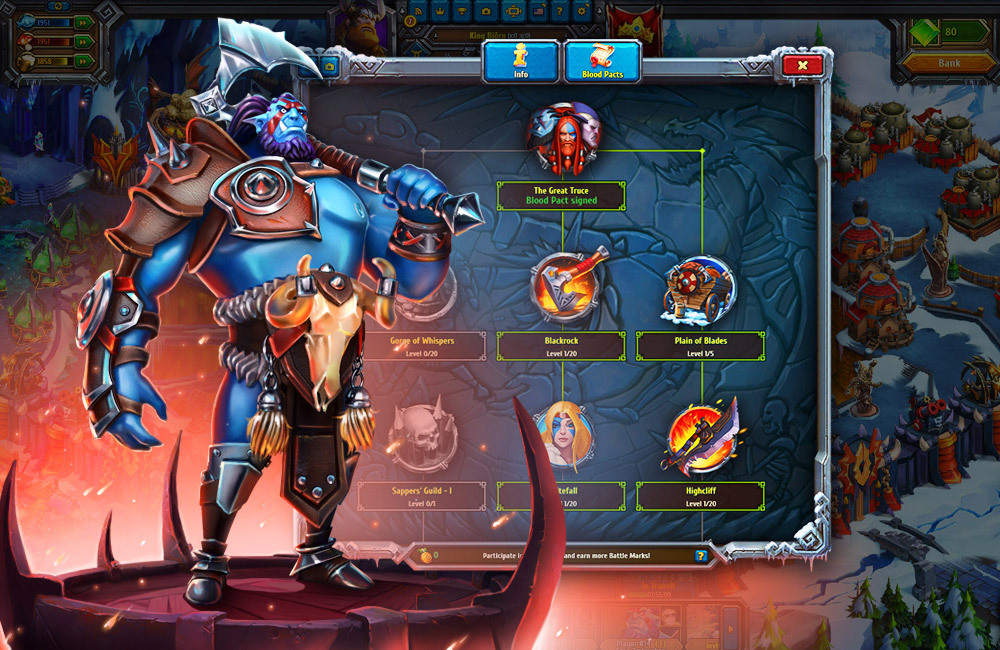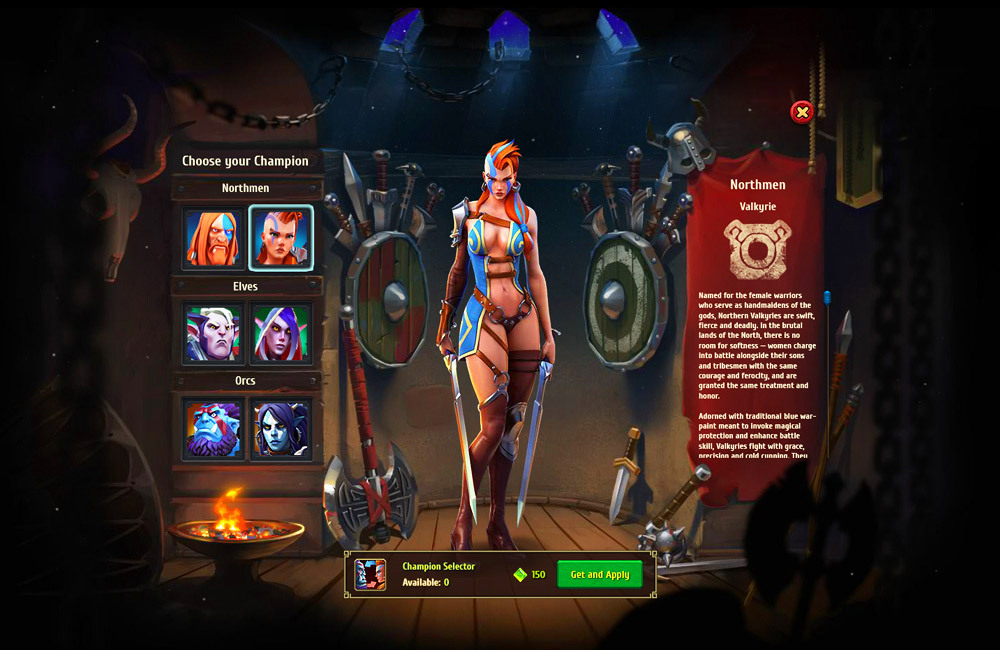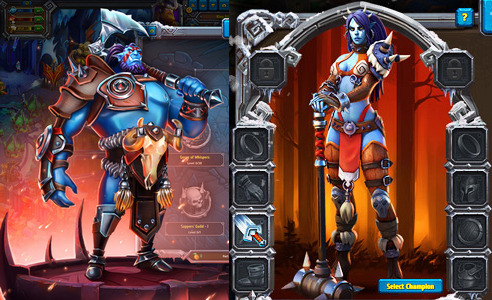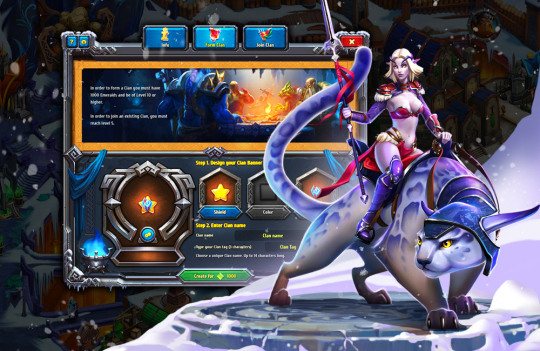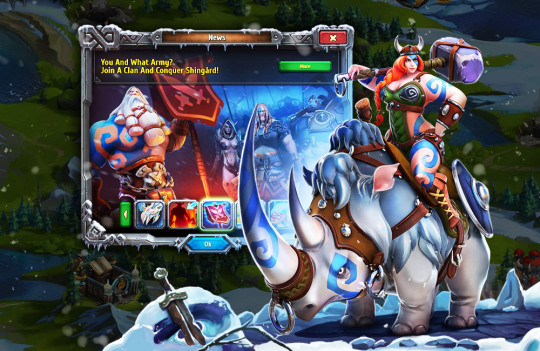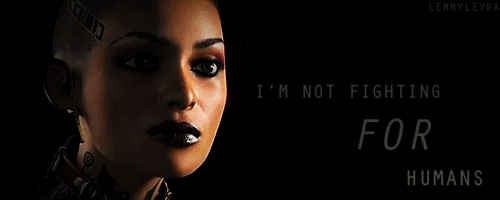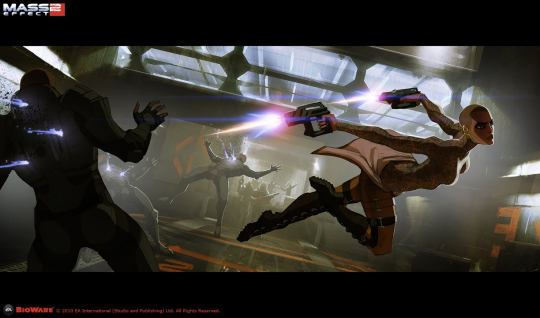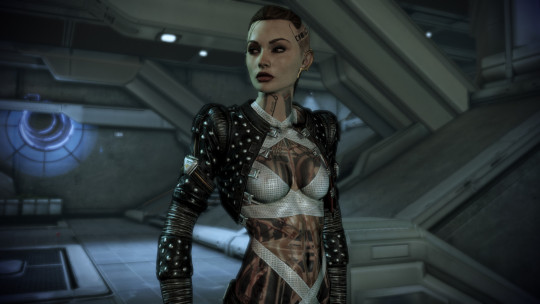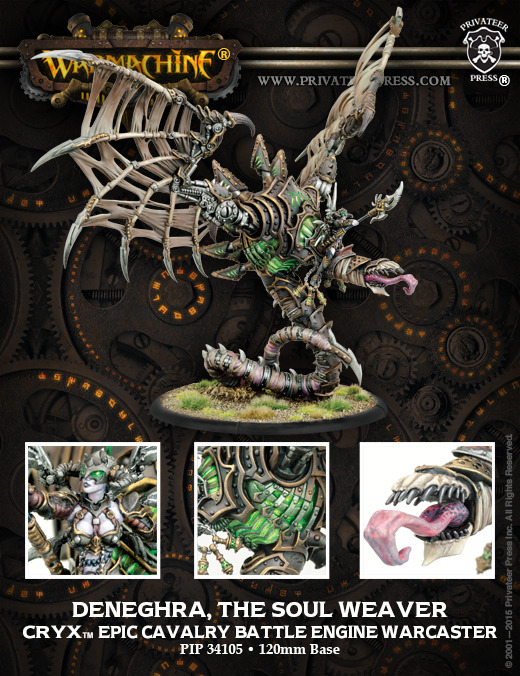danalynnandthecallofadventure:
Guy that (supposedly) worked on a mobile game said they’d first tried not to use sex appeal. Tried some inoffensive DLC & got lukewarm response. Then they caved & tried selling things that “sexed up” the game. Supposedly they gained more male gamers (& their revenue) than they lost from girls leaving. QUESTION: Are there good visual examples of warrior women that are genuinely sexy (to teens into girls, theoretically) without being demeaning? Can we have “sex appeal” revenue w.out offensiveness?
bikiniarmorbattledamage:
The problem with crediting “sexing up” the game with increase in sales is that it assumes sex was the only avenue of generating interest – a theory that doesn’t hold up when you consider that some of the biggest selling game types (flight simulators, first person shooters, side scrolling platformers) often don’t include any sexual angle at all.
Back in 1970, Marvel comics experimented with putting Conan the Barbarian in comic format. After the first few issues sales began to decline and the writer, Roy Thomas (who loved Conan), went to Stan Lee (who was indifferent to Conan) for advice. Stan looked at the covers and the sales, and told them to shift away from putting animals on the covers and instead use more humanoid monsters.
They followed Stan’s advice: Sales went up again and the comic continued for twenty-three years. However you don’t see many people campaigning that “Humanoid monsters sell!“ then trying to fit them into all marketing regardless of product or target market. (And sex obviously wasn’t selling Conan, they had bikini damsels after all)
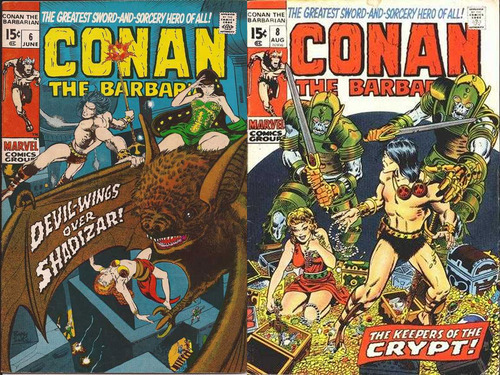
Conan the Barbarian, in his loincloth and flexing his muscles, looked like a poor man’s Tarzan (which had been the popular comic fifty years ago) when battling animals – but when battling humanoid monsters he looked like a more mature fantasy narrative that was new and unique in comics at the time.
The only narrative that sexing/male gazing up a game really provides is “This game is made to cater to the fantasy of straight men.” So if swapping out your old narrative for this one increases interest and sales dramatically – then your old narrative must have been pretty boring.
There have been numerous warrior women in video games over the years. Most of them have been under marketed, relegated to sidelines, ignored or otherwise mishandled due to general fear that they weren’t meeting the “make straight men feel important” factor that modern markets cling to as their sacred idol.
It’s actually not that difficult for creators to make female characters who are sexually attractive without going into bikini armor or other exploitative tropes. I mean, if you give a woman agency, ability and personality – odds are good people will find it sexy.
Essentially the problem is that the gaming industry, and many other mediums, are reluctant to take the risk of incorporating different perspectives and different priorities over “games to reassure straight white men that they’re straight and awesome”.
– wincenworks
Bringing this back this Thursday because the most important conversations to have in character design and critique thereof are not “is it sexy” or “what’s wrong with sex” but:
- What is the design really selling?
- Why should the audience be interested?
- How does it fit in with the other designs?
- How does it fit into media as a whole?
Unfortunately David Gaider has since removed his blog, but his rather excellent talk on sex and video games is still available in GDC Vault and still covers important points about perspective and privilege.
Even if you’re a soulless corporation making products purely for profit and only interested in sales – it’s worth it to consider all these points. After all, you do want your audience to like your product and to cut through the noise of what everyone else is doing.
– wincenworks
